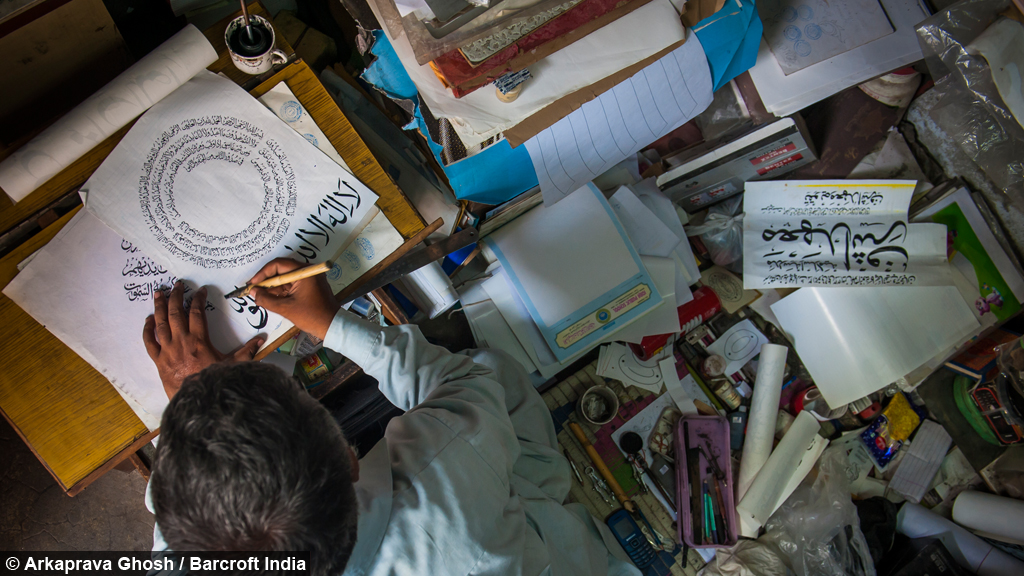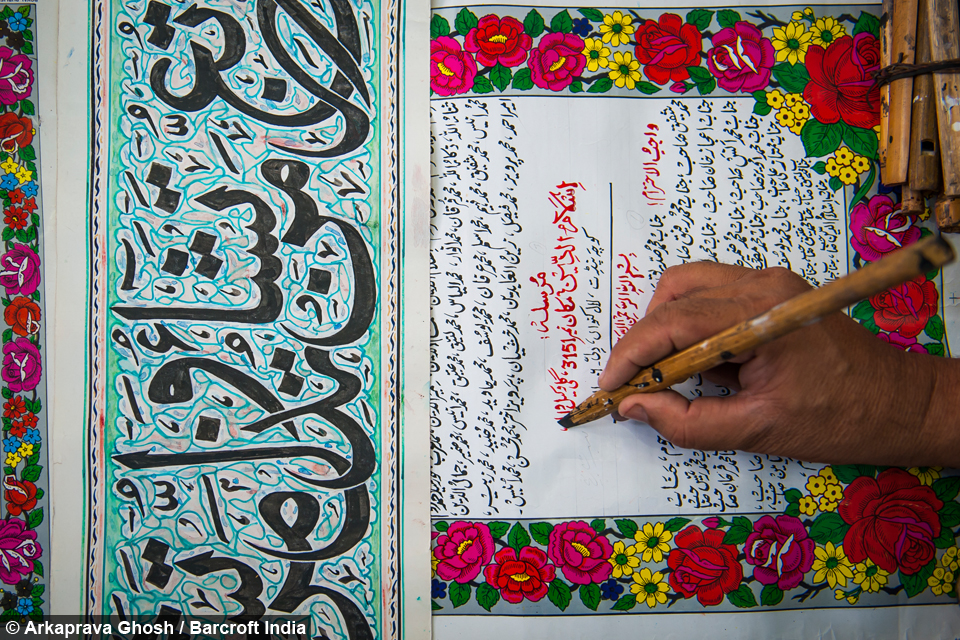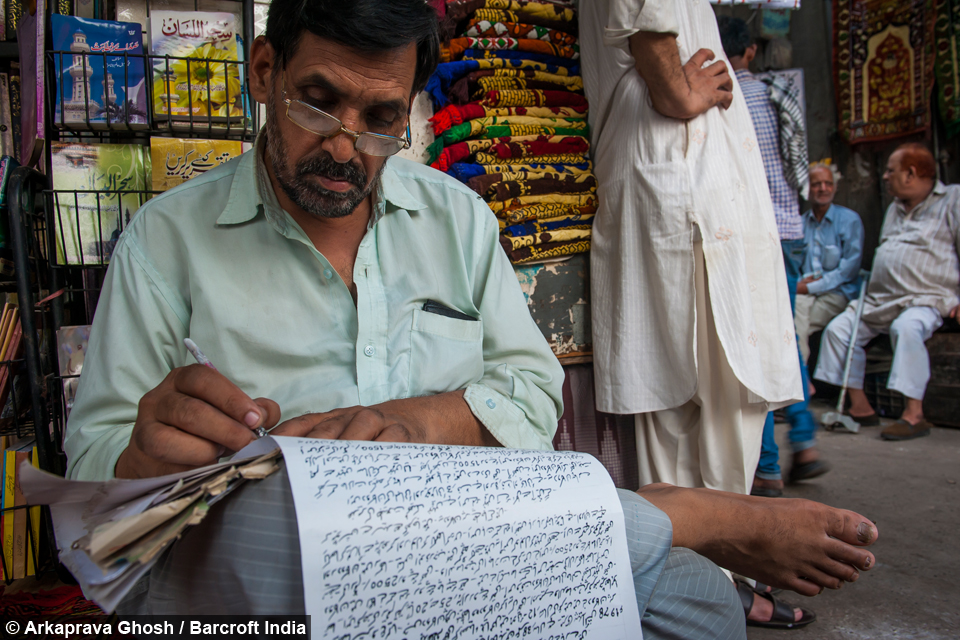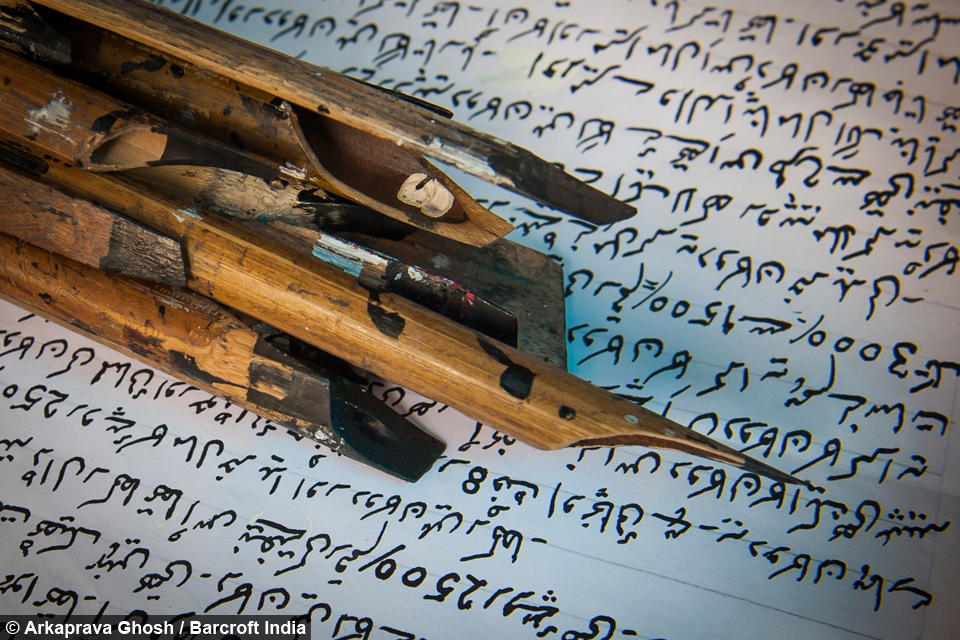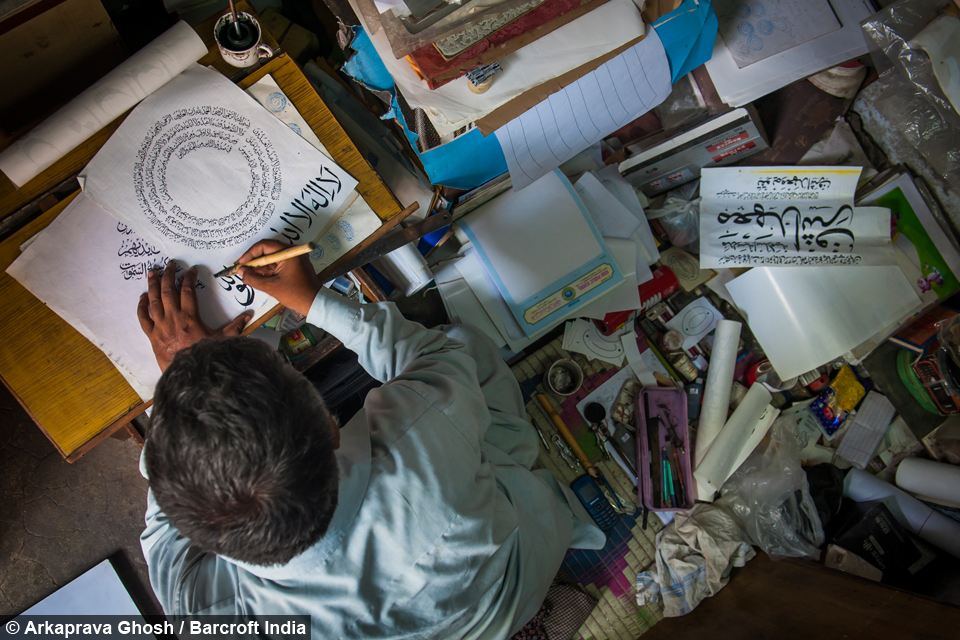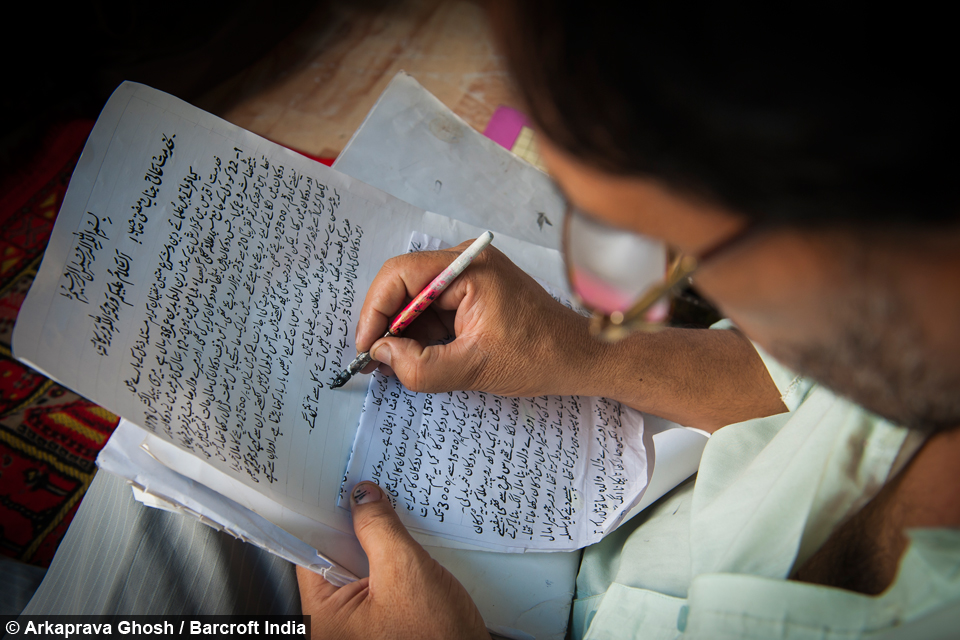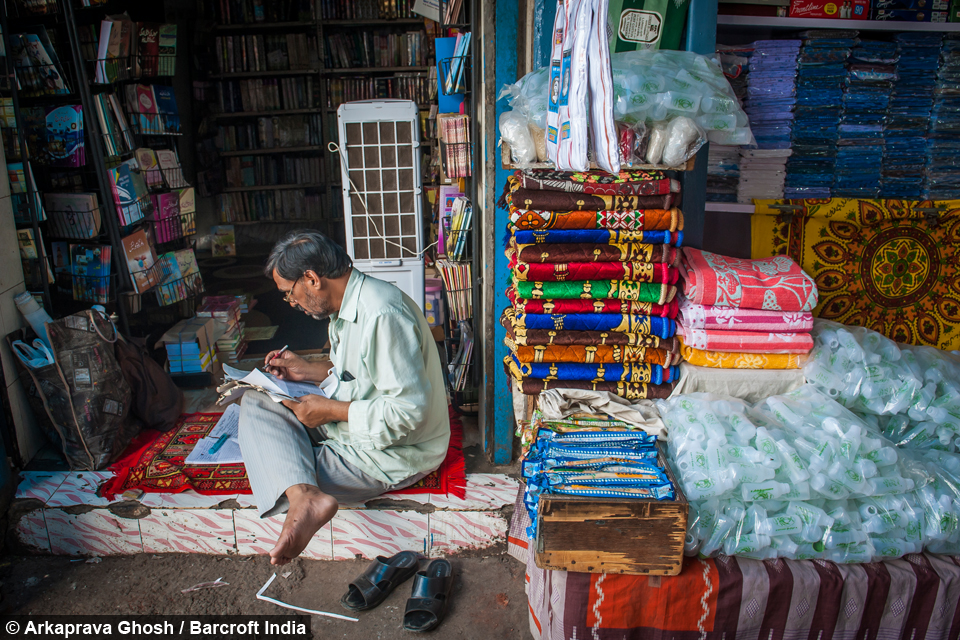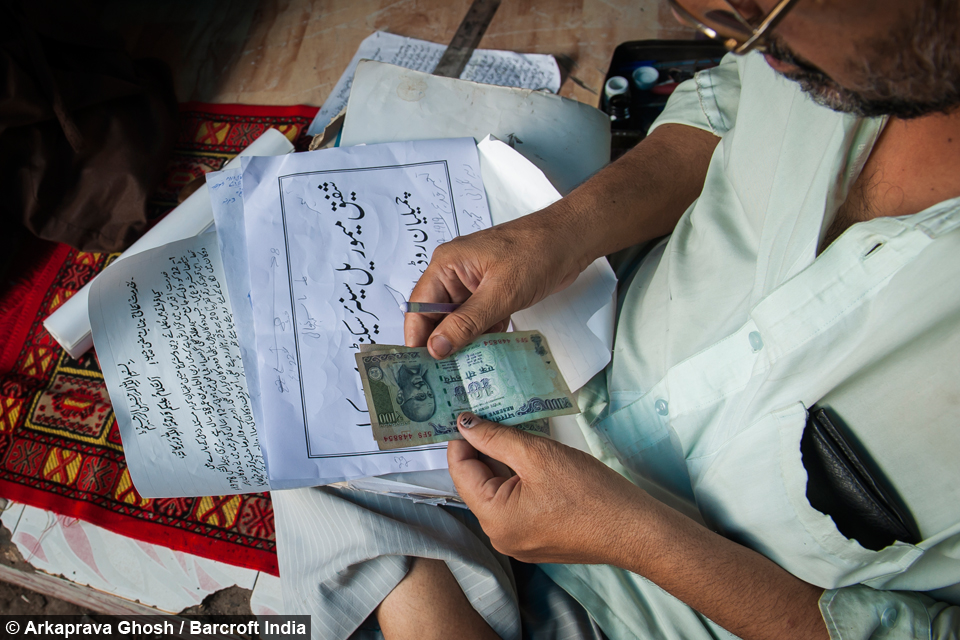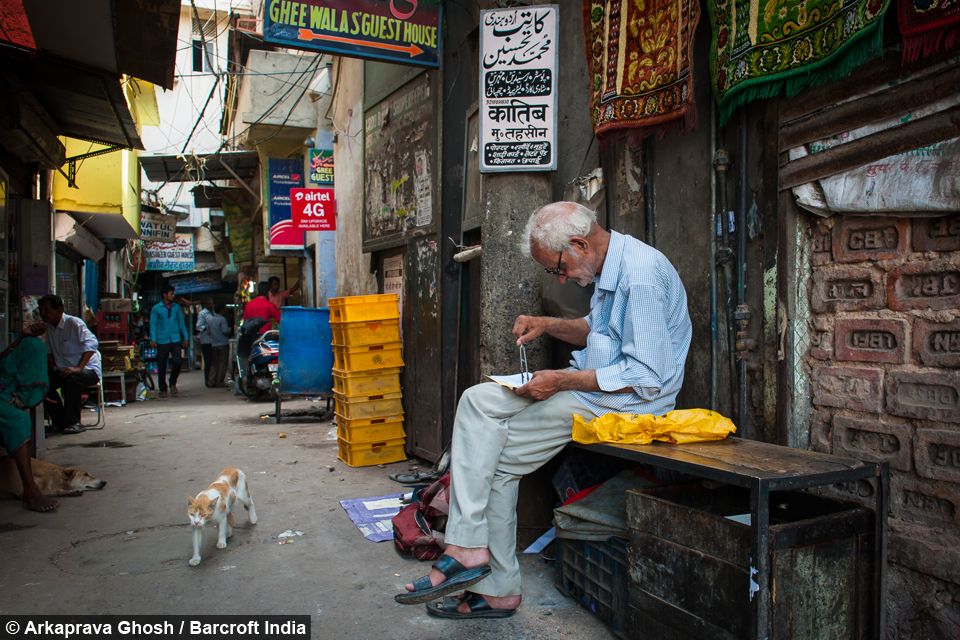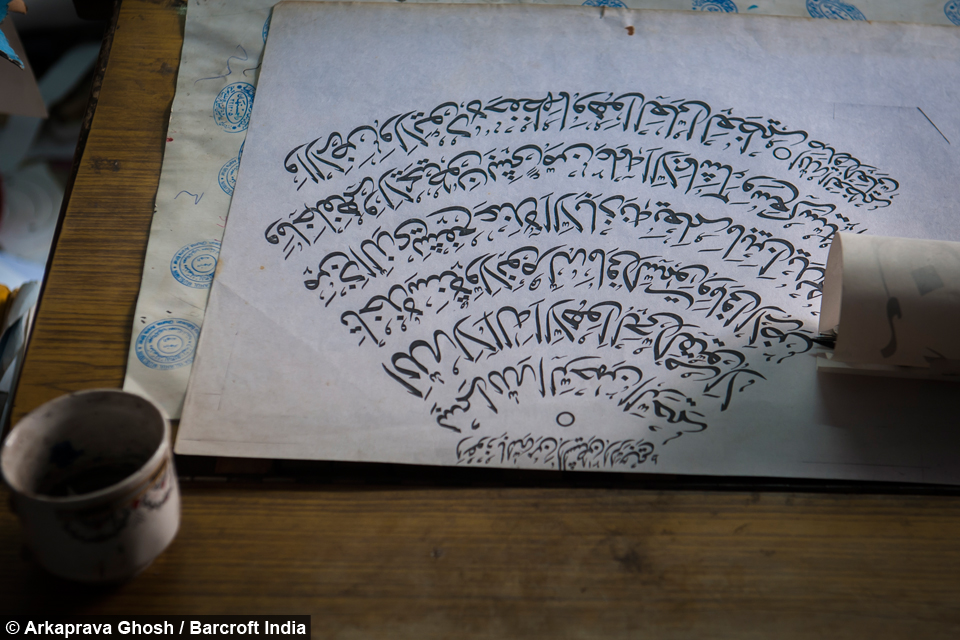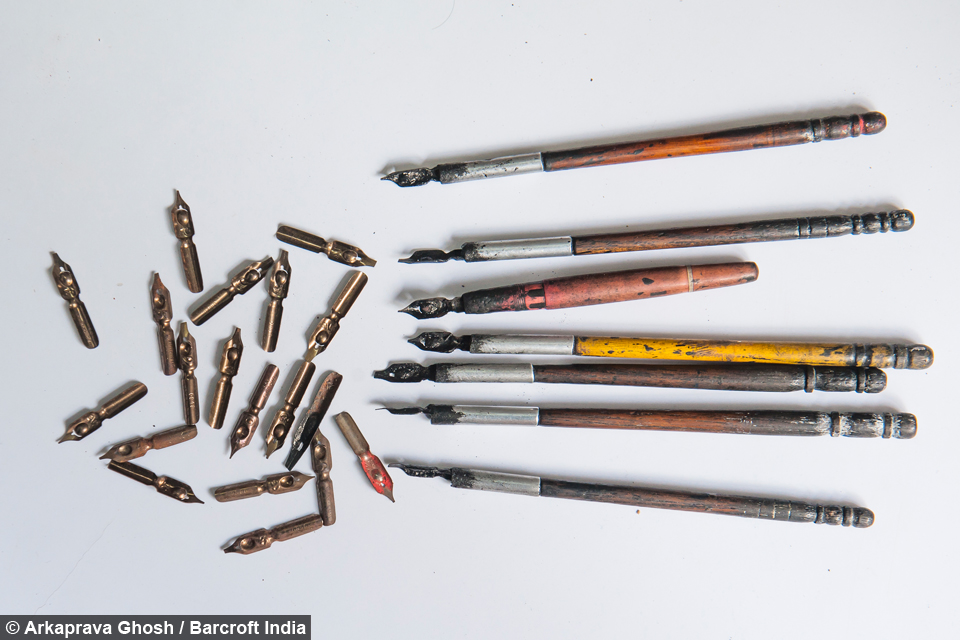Different Strokes: Meet Old Delhi's Masters of Calligraphy
By Malayanil @themalayanil
Scroll down for the full story
The traditional skill is still practiced by a small number of professionals, but work is drying up due to competition from the digital world.
Indian calligraphers - known as katibs - are hired for writing things such as marriage contracts or calendars.
Old Delhi’s Urdu Bazaar still has four or five traditional calligraphy artists, but every day they are competing with computerised calligraphy fonts which have almost wiped out the traditional Indian occupation.
Mohammad Tehsin, a 72-year-old calligrapher, said: "There was a time, when during elections, festivals and weddings, we hardly used to get any time to eat our meals, such was the amount of work.
“Today I hardly get any work. I consider myself fortunate if I get one client in a couple of days."
Calligrapher Mohammad Ghalib, 53, said: “I used to earn 400 to 500 rupees on a good day but that is rare now. But I will never quit.”
The rise of technology has forced several katibs from the old quarters of Delhi to change career, with many converting their calligraphy shops into shops selling clothes, books and food.
Abdul Rahman, a 62-Year-Old calligrapher, works from an 8ft by 10ft room in a narrow lane of Old Delhi and loves his work.
He said: “Maybe that is the reason why I can not think of giving it up even if I don't get a client for three to four days.
"Look at these fonts, you can see an unevenness.
"I will later add some colour and a computer cannot do this because everything in it is of a certain size and shape.”
Customers tend to hire calligraphers to write things such as posters and shop names, with the artists often using age-old nibs or even wooden sticks as pens which they carve into a point using knives or blades.
